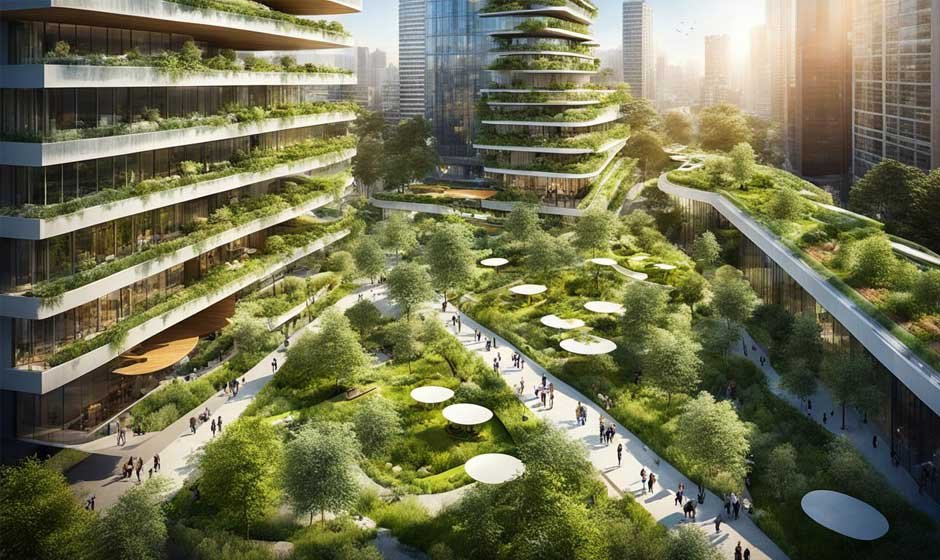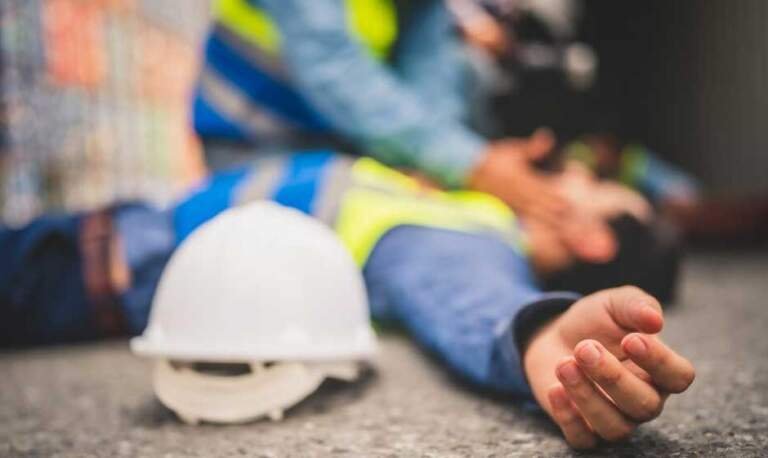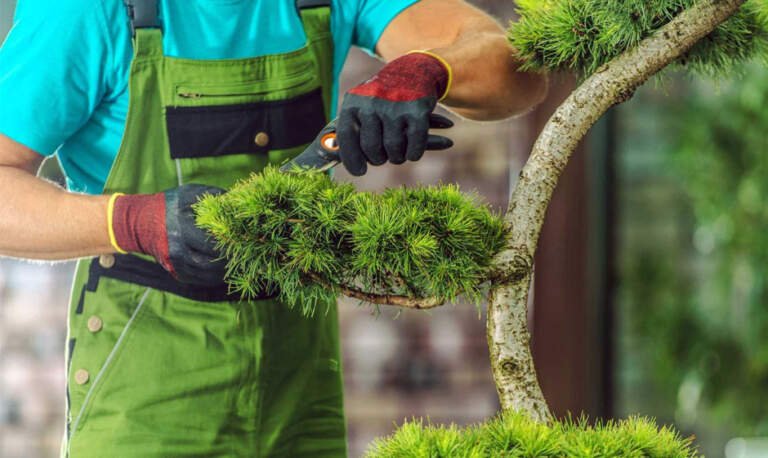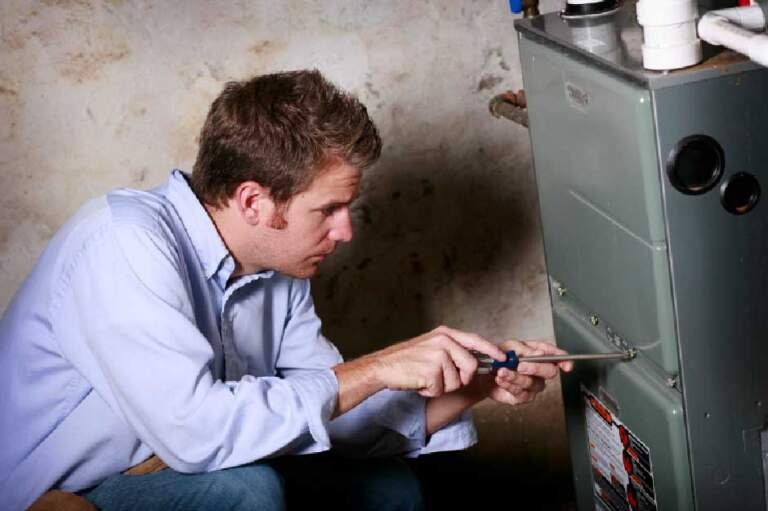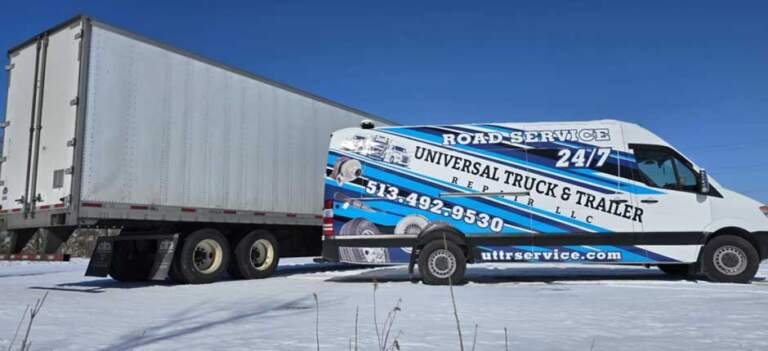Urban expansion is inevitable. Cities grow, infrastructure expands, and new developments take shape to accommodate rising populations. But as skylines stretch higher and roads carve deeper into natural landscapes, the delicate balance between progress and biodiversity becomes increasingly strained. Wildlife habitats shrink, migration patterns shift and species that once thrived in open spaces find themselves displaced.
The challenge isn’t choosing between urban development and environmental preservation—it’s finding a way for them to coexist. Thoughtful urban planning can shape cities that support both human progress and ecological well-being. By integrating green spaces, designing wildlife-friendly infrastructure, and implementing sustainable construction practices, communities can thrive without sacrificing the natural world around them.
The Impact of Urban Development on Biodiversity
As cities expand, they often come at a cost to the environment. Forests are cleared, wetlands drained, and open land repurposed for buildings and roads, causing wildlife to lose the spaces it depends on for food, shelter, and breeding. For many species, especially those with large territorial ranges, fragmented habitats can be just as harmful as complete habitat destruction. Animals forced into smaller, disconnected patches of land struggle to find resources, leading to population declines and, in some cases, local extinctions.
Artificial structures also present physical dangers. Glass buildings reflect the sky, confusing birds and leading to fatal collisions. Roads and highways create barriers that prevent safe migration, resulting in more frequent wildlife-vehicle collisions. Meanwhile, excessive artificial lighting disrupts nocturnal species, interfering with feeding and reproduction cycles.
Urbanization affects more than just land use. Construction runoff pollutes waterways, air pollution harms plant and animal health, and noise pollution disrupts communication among species. However, urban development doesn’t have to mean biodiversity loss. With strategic planning and sustainable design, cities can minimize their impact and even create opportunities for wildlife to coexist with human populations.
Urban Planning Strategies That Support Biodiversity
Cities don’t have to be at odds with nature. Thoughtful urban planning can create environments where both people and wildlife flourish. By incorporating biodiversity into development plans, communities can preserve ecosystems while still meeting the needs of a growing population.
One of the most effective strategies is the integration of green spaces. Parks, nature reserves, and community gardens provide essential habitats for birds, pollinators, and small mammals. Even small patches of greenery—like rooftop gardens and tree-lined streets—help maintain biodiversity by offering food and shelter to local species.
Wildlife corridors play a crucial role in reducing habitat fragmentation. These are strips of natural land that connect isolated green spaces, allowing animals to move safely between them. Some cities have even built green bridges over highways, giving wildlife a way to cross without the risk of vehicle collisions.
Bird-safe architecture is another important consideration. Glass collisions are one of the leading causes of bird fatalities in urban areas. Buildings designed with patterned or UV-reflective glass can prevent these accidents. Additionally, incorporating nesting sites into building facades and reducing reflective surfaces can make urban environments safer for avian species.
Artificial light at night can confuse nocturnal animals, disrupt sleep cycles, and interfere with migration patterns. Reducing light pollution through shielded streetlights, motion-activated lighting, and warmer-colored bulbs helps create a more wildlife-friendly environment without compromising public safety.
Native landscaping is another way urban areas can support biodiversity. Using native plants in public spaces and private yards provides food and shelter for local wildlife while reducing the need for chemical fertilizers and excessive water use. Cities that prioritize native vegetation over manicured lawns promote healthier ecosystems with minimal human intervention.
Sustainable Construction: Building with Nature in Mind
Urban development doesn’t have to come at the expense of the environment. Sustainable construction practices can reduce the negative impact of building projects while supporting long-term ecological health. From material choices to site planning, every stage of construction offers opportunities to prioritize both efficiency and conservation.
One key approach is the use of eco-friendly materials. Builders can opt for sustainable resources like reclaimed wood, recycled steel, and low-impact concrete alternatives. These materials reduce waste, lower carbon emissions, and lessen the strain on natural ecosystems. Green roofs and walls, which incorporate vegetation into building structures, further enhance sustainability by improving air quality, reducing heat buildup, and providing microhabitats for insects and birds.
Energy-efficient design also reduces environmental harm. Thoughtfully positioned windows maximize natural light, reducing the need for artificial illumination. Passive cooling techniques, such as strategic shading and ventilation, help lower energy consumption while making buildings more comfortable for occupants. When buildings require less power, the demand for energy production decreases, leading to fewer emissions that contribute to climate change—an issue that directly affects biodiversity worldwide.
Builders and contractors are central to the success of sustainable urban development. Those who understand best practices for environmentally responsible construction can make choices that minimize disruption to local ecosystems. Resources like RocketCert help professionals prepare for licensing exams while reinforcing industry standards, including sustainable building techniques that align with conservation efforts.
By combining smart construction methods with urban planning that values biodiversity, cities can grow without erasing the natural landscapes that make them unique.
Innovative Solutions for Biodiversity-Friendly Cities
Some of the world’s most forward-thinking cities have found ways to blend development with conservation. By embracing nature-inclusive designs, they are proving that urban areas can be both functional and ecologically rich.
One successful approach is the creation of urban wildlife corridors—continuous stretches of green space that connect parks, forests, and wetlands. These corridors allow animals to move freely through developed areas without being isolated in small, fragmented habitats. Cities like Singapore have implemented extensive green infrastructure, including tree-lined streets and vertical gardens, to ensure that biodiversity remains part of the urban fabric.
Another innovation is green roofing and living walls, which turn otherwise barren surfaces into thriving ecosystems. These features not only support plant and insect life but also help regulate temperatures, improve air quality, and reduce stormwater runoff. Research from PMC highlights that urban green spaces, including green roofs, significantly enhance biodiversity by providing essential habitats for birds, pollinators, and small mammals. The study also emphasizes how integrating vegetation into urban landscapes helps reduce the urban heat island effect, benefiting both wildlife and human populations.
Water-sensitive urban design is another emerging strategy. By integrating wetlands, rain gardens, and permeable pavements, cities can manage stormwater naturally while providing habitats for birds, amphibians, and aquatic species. Research suggests that urban areas with well-planned green infrastructure can maintain healthier ecosystems and even support species that would otherwise struggle to survive in developed environments.
Even transportation infrastructure can be adapted to support wildlife. Some regions have built eco-bridges and underpasses that help animals cross highways safely. In the Netherlands, for example, specially designed “wildlife crossings” allow deer, badgers, and other animals to navigate human-made barriers without danger.
These innovations highlight the potential for cities to grow while still prioritizing biodiversity. With the right planning and investment, urban spaces can become more than just centers of human activity—they can be ecosystems in their own right.
Conclusion
Urban development and biodiversity conservation don’t have to be in conflict. With thoughtful planning, sustainable construction, and innovative design, cities can grow while still providing habitats for wildlife. Green roofs, wildlife corridors, bird-safe architecture, and native landscaping all contribute to urban spaces that support ecological health. When urban planners, contractors, and conservationists work together, they create environments where both people and nature can thrive.
Preserving biodiversity in cities isn’t just about protecting wildlife—it also improves air quality, reduces heat buildup, and enhances overall quality of life. Every choice in urban development, from the materials used in construction to the layout of public spaces, impacts local ecosystems. As more cities adopt biodiversity-friendly policies, the future of urban living can be both sustainable and vibrant.
Raptors are among the many species affected by expanding cities. Habitat loss, reduced prey availability, and human-made obstacles all contribute to urban development’s impact on raptors, altering their migration patterns and nesting behaviors.
Interlinking suggestion:
From: https://europeanraptors.org/4-ways-to-increase-biodiversity-in-your-backyard/ to this article with anchor Urban planning plays a key role in preserving biodiversity

